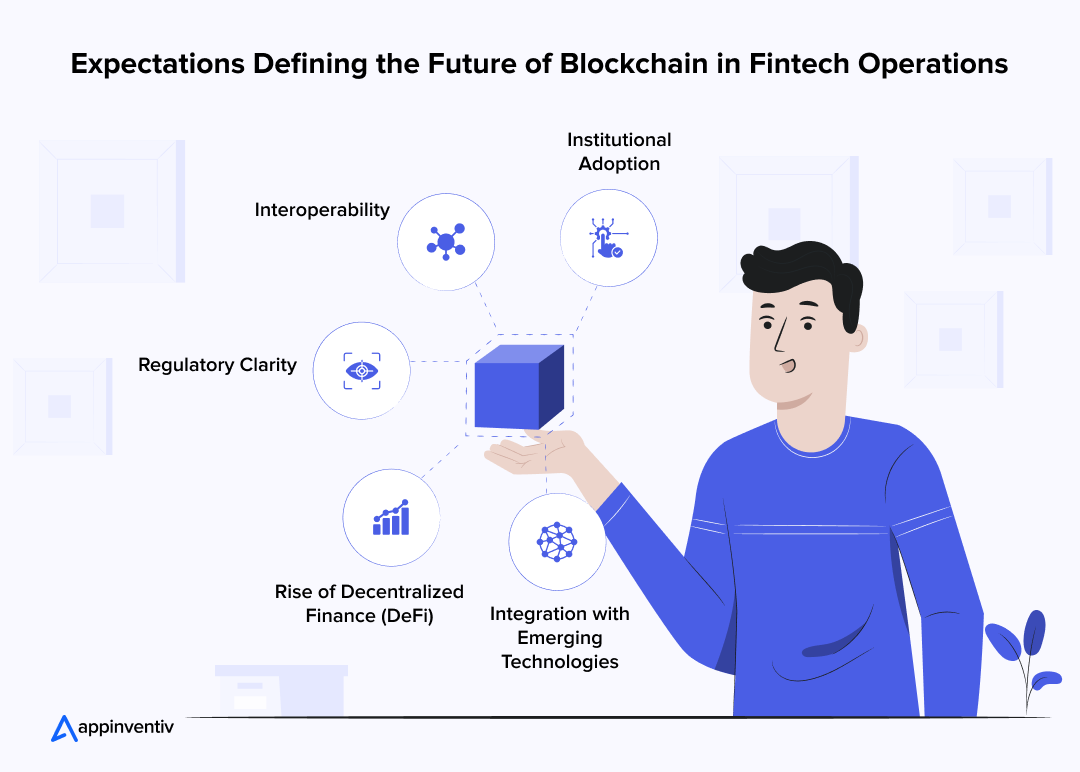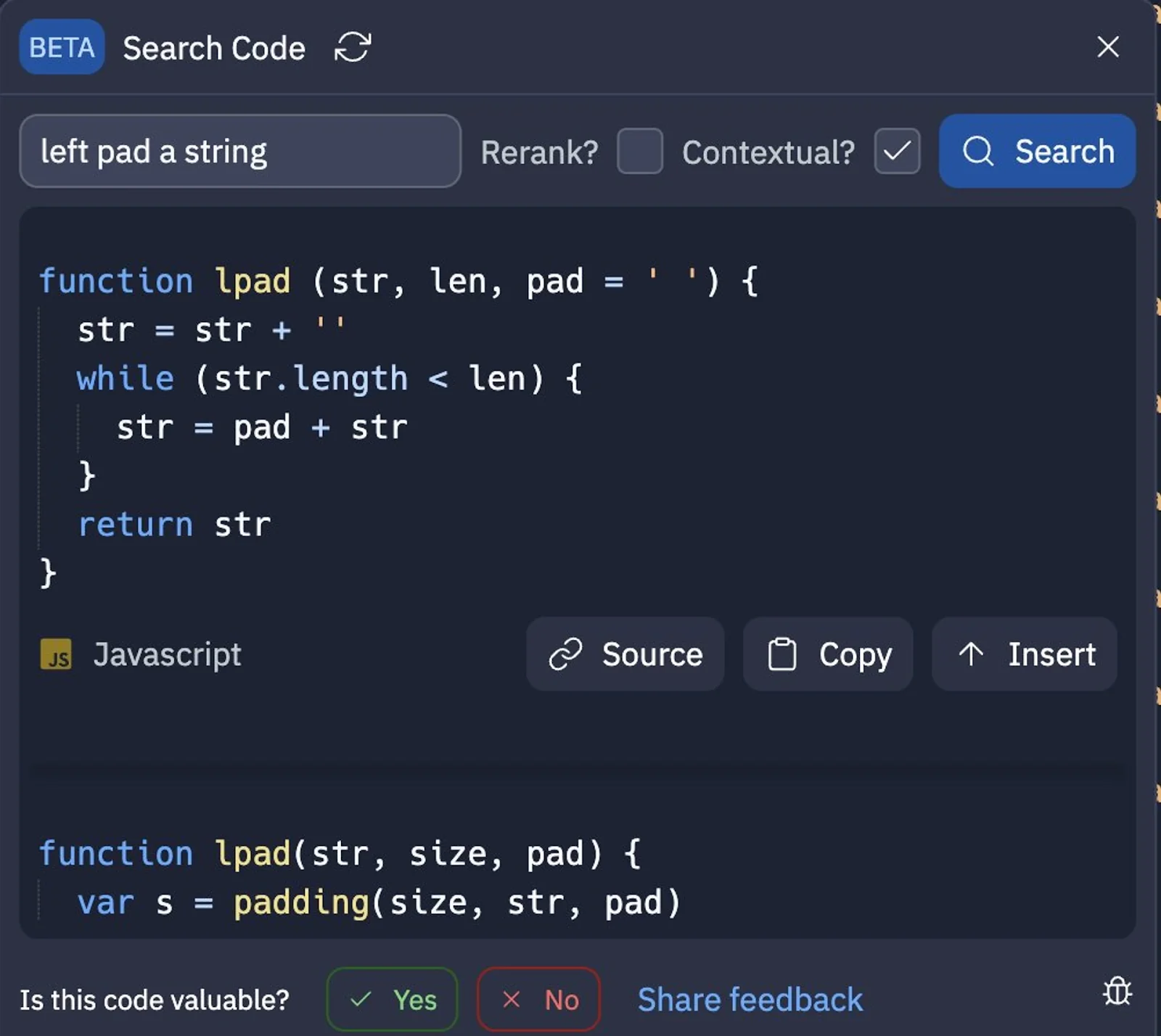Blockchain Integration in Enterprise Software Systems: Beyond the Hype
Let’s be honest, when most people hear “blockchain,” they still think of volatile cryptocurrencies and speculative investments. But the real, quiet revolution is happening elsewhere—in the back offices and core systems of global enterprises. Integrating blockchain into enterprise software isn’t about launching a new coin; it’s about building a new kind of trust infrastructure.
Think of it like this: traditional enterprise systems are like islands, each with its own ledger. They send messages to each other—invoices, shipping notices, contracts—but they don’t share a single source of truth. This creates friction, delays, and, frankly, a lot of manual reconciliation work. Blockchain integration, at its heart, is about creating a shared, unchangeable ledger that everyone in a business network can trust without needing a central referee.
Why Now? The Enterprise Pain Points Blockchain Addresses
So, what’s driving this shift? Well, legacy systems are groaning under the weight of modern complexity. Companies are dealing with sprawling global supply chains, stringent regulatory demands, and partners who may not fully trust each other. The old ways just aren’t cutting it.
Here are a few specific pain points where blockchain integration is making a tangible difference:
- Audit Trails That Actually Make Sense: Instead of piecing together logs from a dozen different systems, a blockchain provides a single, cryptographically sealed record of every transaction or event. Auditing becomes faster, cheaper, and infinitely more reliable.
- Supply Chain Opacity: From farm to table or factory to showroom, products pass through countless hands. Blockchain creates an immutable provenance record, answering questions like: Is this diamond conflict-free? Was this fish caught sustainably? Are these pharmaceuticals genuine?
- Identity and Access Management: Managing digital identities across partners and platforms is a nightmare. Blockchain can provide a decentralized, self-sovereign identity framework, giving users control over their own data.
The Nuts and Bolts: How Integration Actually Works
Okay, let’s get a bit technical—but not too much. You don’t need to be a coder to get the gist. Integrating blockchain into an existing enterprise resource planning (ERP) or customer relationship management (CRM) system typically doesn’t mean ripping and replacing. That would be a nightmare. Instead, it’s more like adding a powerful new module or service.
Most enterprises use permissioned blockchains (like Hyperledger Fabric or Corda), not public ones like Bitcoin. This is a crucial distinction. Permissioned chains are like a private club—only invited participants can join, and they know exactly who they’re transacting with. This solves the privacy and performance issues of public networks.
The integration itself often happens through APIs (Application Programming Interfaces). Your existing SAP or Salesforce system talks to the blockchain network through these digital connectors. When a critical event occurs—say, a purchase order is finalized or a shipment is certified—the system automatically writes a “hash” (a unique digital fingerprint) of that event to the blockchain.
| Traditional System | Blockchain-Integrated System |
| Centralized database | Decentralized, shared ledger |
| Reconciliation required | Single source of truth |
| Trust through intermediaries (banks, notaries) | Trust through cryptography and consensus |
| Vulnerable to single point of failure | Inherently resilient and tamper-evident |
Real-World Use Cases: It’s Already Happening
This isn’t just theoretical. Major players across industries are already leveraging enterprise blockchain solutions to solve real business problems.
1. Trade Finance
This is a classic example. A single international trade transaction can involve dozens of parties and over 100 documents. It’s a paper-based, slow, and fraud-prone mess. Companies like we.trade and Komgo have built blockchain platforms that digitize letters of credit and other documents. The result? Transactions that used to take 5-10 days can now be completed in under 24 hours.
2. Food Traceability
Walmart, for instance, uses a blockchain to track its leafy greens. If there’s a contamination scare, they can trace the source from store back to farm in seconds, not weeks. This protects consumers and saves the company millions in potential recalls. It’s a powerful demonstration of blockchain for supply chain transparency.
3. Digital Identity and Credentials
Imagine a world where your professional licenses, educational degrees, and work history are stored in a secure digital wallet you control. You could share them with employers instantly, without needing to request transcripts or verify credentials manually. This is the promise of decentralized identity, and it’s being piloted by governments and corporations right now.
The Flip Side: Challenges and Considerations
It’s not all smooth sailing, of course. Integrating any new foundational technology comes with hurdles.
- Complexity & Cost: Let’s not sugarcoat it—initial setup and integration can be complex and expensive. It requires specialized skills that are still in high demand.
- Regulatory Gray Areas: The legal status of a blockchain-based smart contract or record isn’t always crystal clear in every jurisdiction.
- The Interoperability Puzzle: Getting different companies—often competitors—to agree on standards and use the same platform is a monumental task. The technology is only part of the solution; the governance model is the other, bigger part.
- Cultural Shift: This might be the biggest one. It requires a shift from a “trust but verify” mindset to a “distributed and verify” model. That’s a profound change for many organizations.
Looking Ahead: The Future is Integrated
So, where is this all headed? The future of blockchain in enterprise software isn’t about standalone “blockchain projects.” It’s about blockchain as an invisible, embedded layer of trust within the software we already use. We won’t “use blockchain” any more than we “use TCP/IP” to browse the web—it will just be the underlying protocol that makes everything more secure, efficient, and transparent.
It will become the default for high-value, multi-party processes where trust is expensive. The evolution of ERP systems with blockchain capabilities is already underway, turning them from systems of record into systems of verified record.
The journey is just beginning. The real transformation will happen when we stop thinking of blockchain as a technology and start thinking of it as a new way of doing business—a way that prioritizes transparency and collective verification over blind faith and cumbersome oversight. That, in the end, is the true integration.




